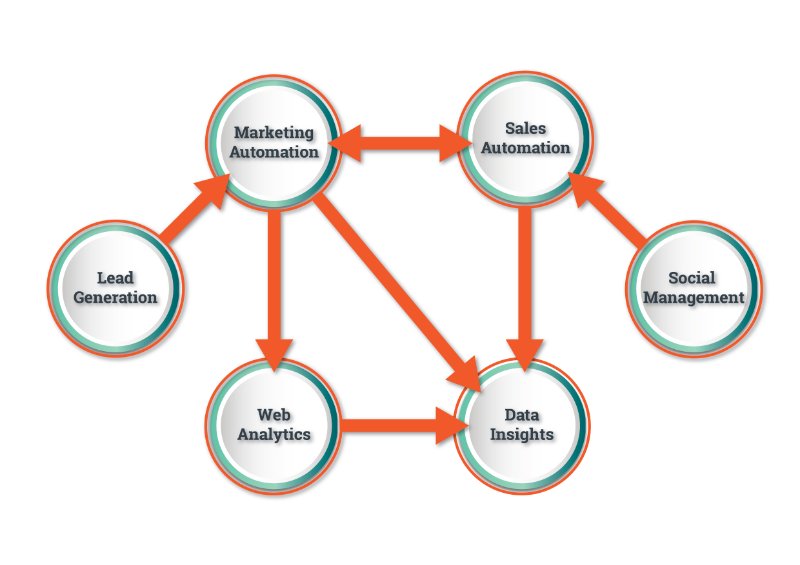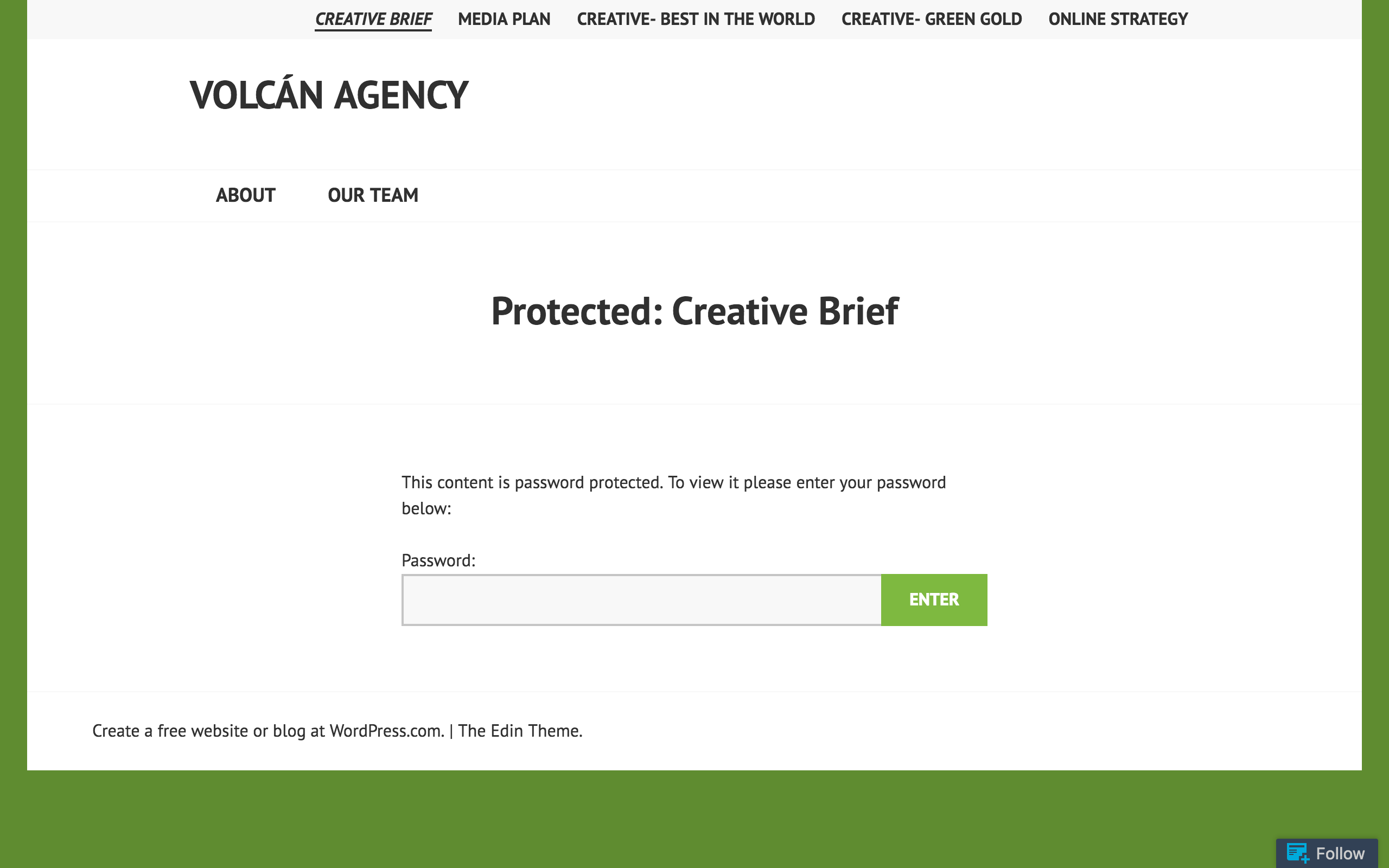
As you head into 2017, you may be considering investing money into your digital marketing efforts. Start by building your small business marketing technology stack. There’s an incredible amount of tools and technologies available to market your business, a marketing technology (mar-tech) stack will unify your efforts to be more effective and reach more customers.
Here’s what a marketing technology stack looks like:
If you’ve recently updated your website for mobile first, or at the very least, mobile friendly- you’re off to a good start. Your company website is indispensable for many reasons, including your online home but also because it is now the central nervous system for all of your digital marketing. Here’s why: In the past few years the web and search have fundamentally changed how customers find information before making purchases for both business to business (b2b) and business to consumer (b2c).
Content is, and will always be, king.
CMS
It’s become increasingly more difficult to rank on Google without frequent, timely, relevant content on your website. Which is why your website needs NEEDS a content management system (CRM) to publish news updates or blog posts. Google will seriously punish your search ranking and ability to be found by customers if you’re not posting frequent updates on your website. I won’t get into the nitty gritty of content strategy in this post but know that you should be generating content with rich media on your website. A CMS, like WordPress, is the easiest, simplest, most effective way to publish online.
SEO
Once you publish content on your website, you need to make sure it can be found. Another reason to use WordPress is the ability to add a simple plug-in that will emphasize your content keywords and make sure Google, and other search engines, will find your content. Yoast is the most commonly used and most favored. It’s inexpensive and incredibly user-friendly.
Email marketing
The content on your site will only reach so many people organically, or by people that search for it. SHARE IT WITH YOUR TRIBE. Make sure your current and past customers are reading your content. Tell all of your friends that you’ve just written something life changing. The best way to do that is email. Seriously. I know it’s 2017 and we all thought email was going to die in 2005, but it didn’t and it’s the most effective way to drive traffic to your website (thus also increasing search ranking). MailChimp is probably the most robust tool for third party website integrations but Constant Contact comes in a close second. If you do any networking events, go with Constant Contact. The Event Spot tool will save you a ton of time and has some email automation features to remind event attendees. MailChimp offers more automation tools but I’ll get into that more in a bit.
Social media
Not every business should be on every major social network but if you’re on Facebook, Twitter, Instagram, Pinterest, LinkedIn, or Google+ (aka Google My Business) consider using a social media management tool like Hootsuite or Buffer to schedule your content delivery for maximum audience reach. It won’t guarantee that you’ll get a million likes or follows but it will save you time scheduling your latest news or blog post and give you performance feedback in one centralized place.
CRM
You’re already emailing friends and family members but what about prospects? A Customer Relationship Management (CRM) tool allows you to capture prospect information from site visitors and keeps a record of interactions and engagement with you through page visits, content downloads, email, and social media. A CRM allows you to gauge prospect interest, categorize them into different parts of the marketing and sales funnel, and re-engage with them. HubSpot offers an all-in-one tool for email, CRM, and automation but they also offer a simple CRM formerly called LeadIn which just collects site visitor information and connects to MailChimp to re-engage prospects.
Marketing automation
If you have high volume site traffic, consider a full automation platform to engage prospects. You can automate messaging after visitors and prospects have completed pre-defined sequences of events allowing you to only reach out for sales when you know the time is right, reducing time spent pursuing bad leads.
SEM
Analytics
So, now what? After you’ve decided how you’re going to organize all of your digital marketing efforts, you’ll need to track the performance. Google Analytics is a free tool that integrates with your website, email, CRM, and Social Media management tool to track clicks, opens, shares, visits, and downloads. You’ll need to create goals in the analytics tool but I won’t go into detail about that right now. Just know that you’ll need to have it connected in order to gauge daily, weekly, monthly and yearly progress to measure your ROI.
From Our Blog

Is your marketing out of control? Own your MarTech stack.
With thousands of marketing technology solutions out there, approximately 3,500 according to marketing technologist Scott Brinker, how can you ensure your company is using them effectively? Are you not seeing the desired ROI from marketing efforts or struggling to integrate sales and marketing operations? By hiring an in-house marketing technologist, you can perfectly integrate and […]

2017 Small Business Marketing Technology Stack
As you head into 2017, you may be considering investing money into your digital marketing efforts. Start by building your small business marketing technology stack. There’s an incredible amount of tools and technologies available to market your business, a marketing technology (mar-tech) stack will unify your efforts to be more effective and reach more customers. […]





